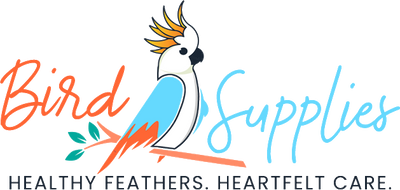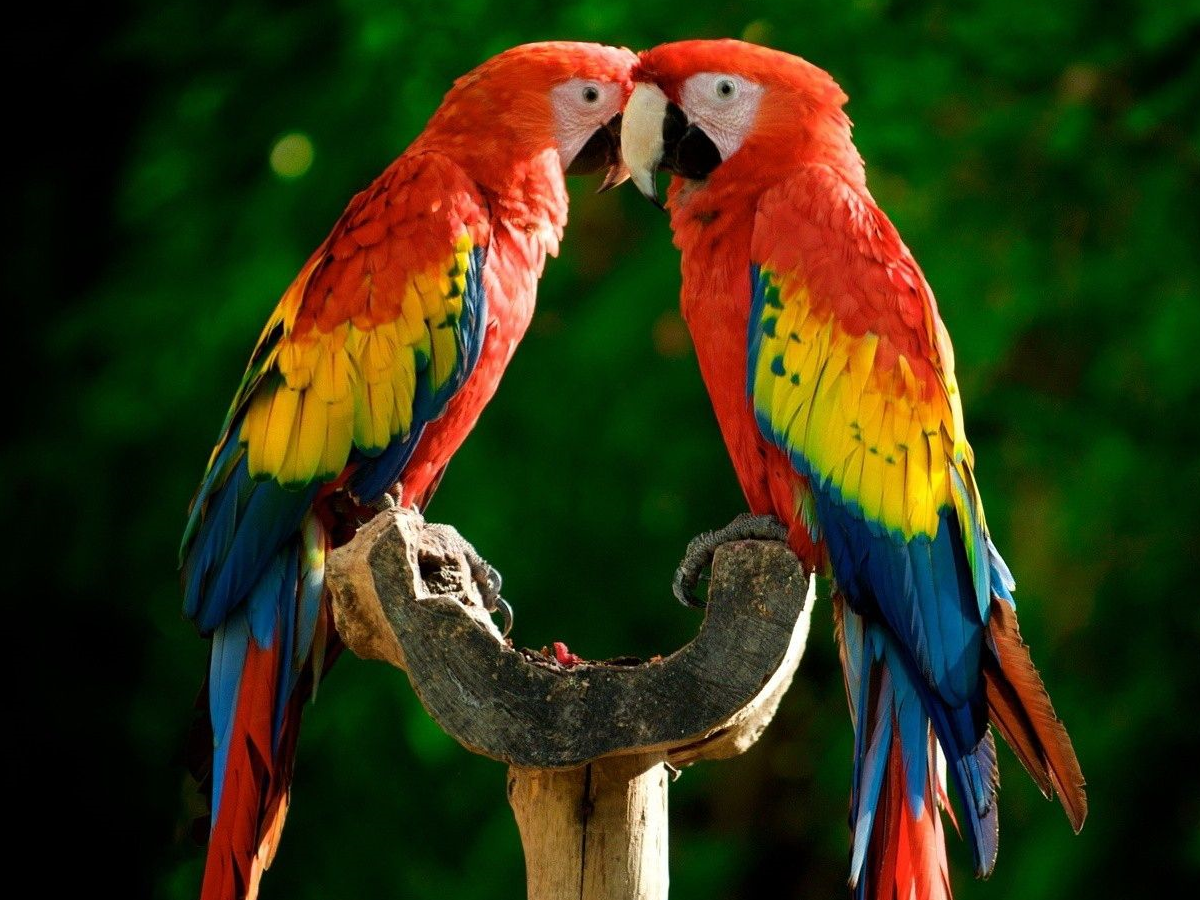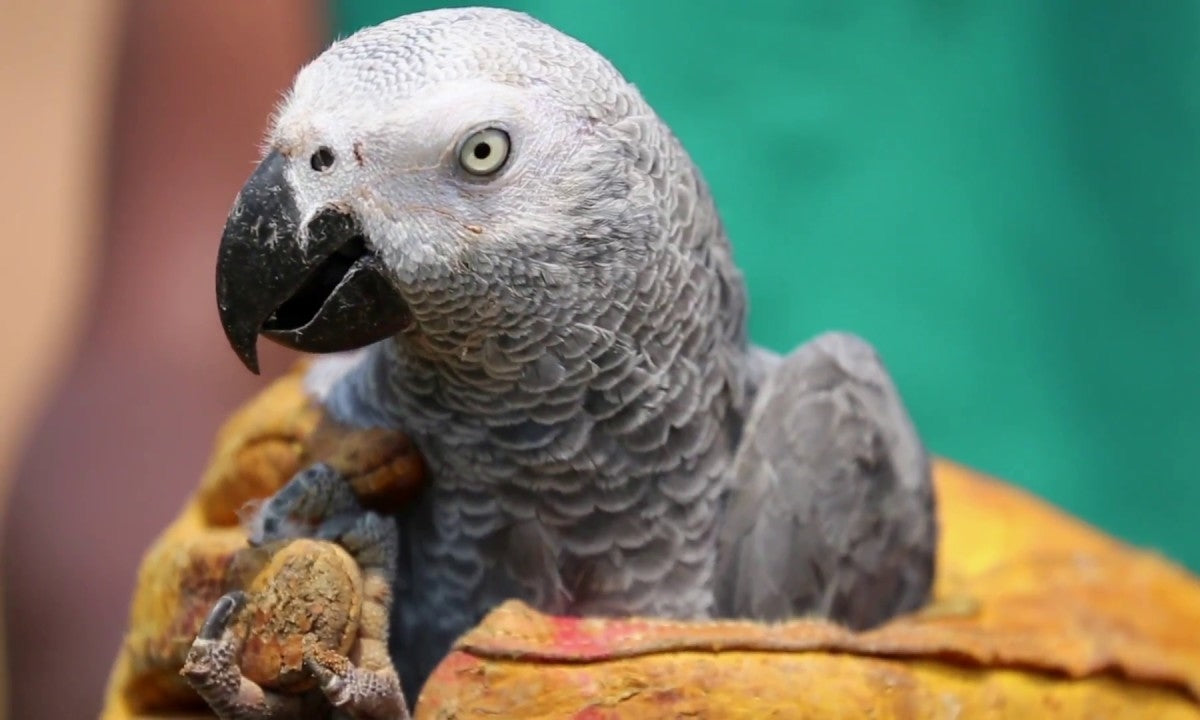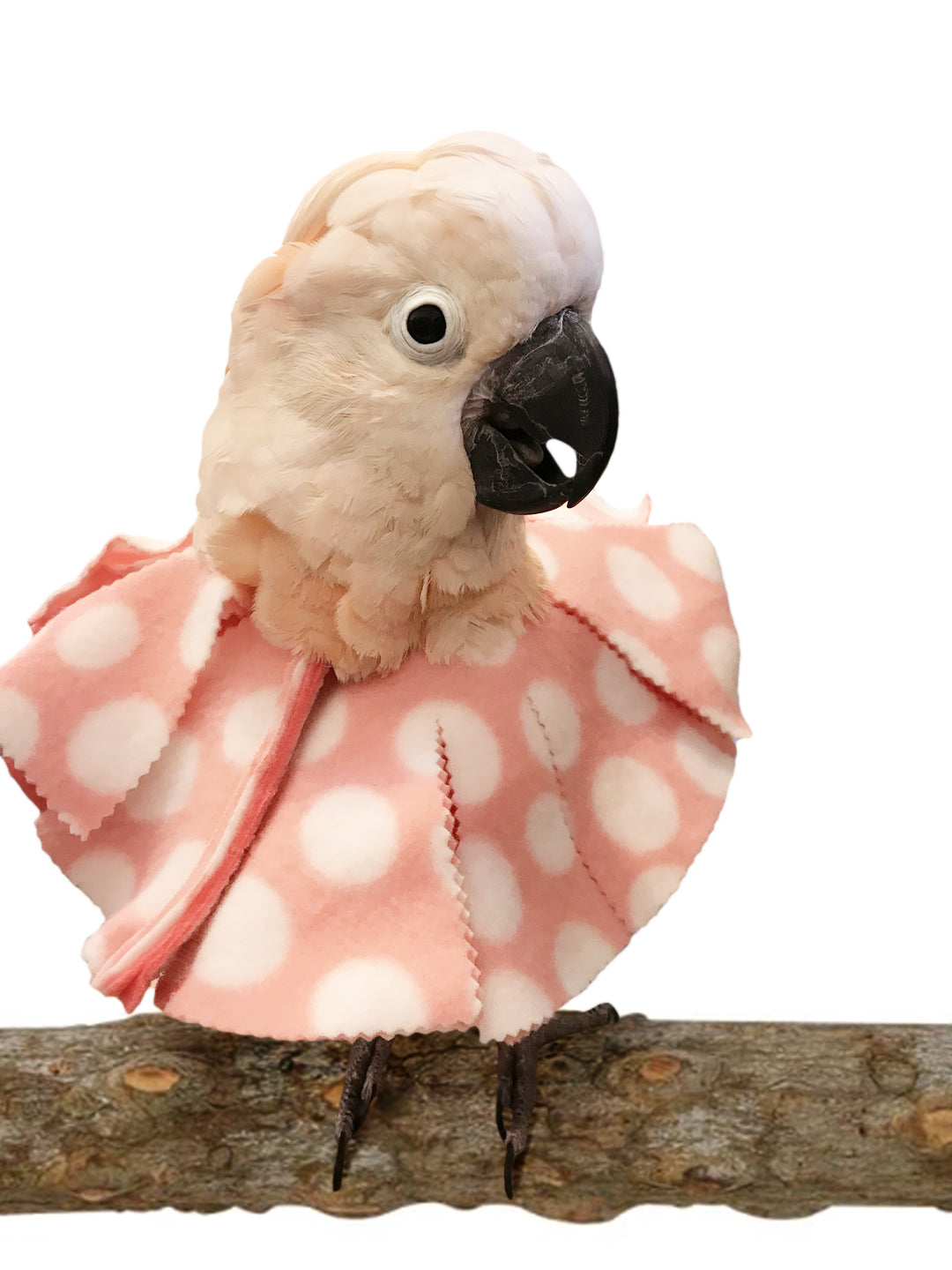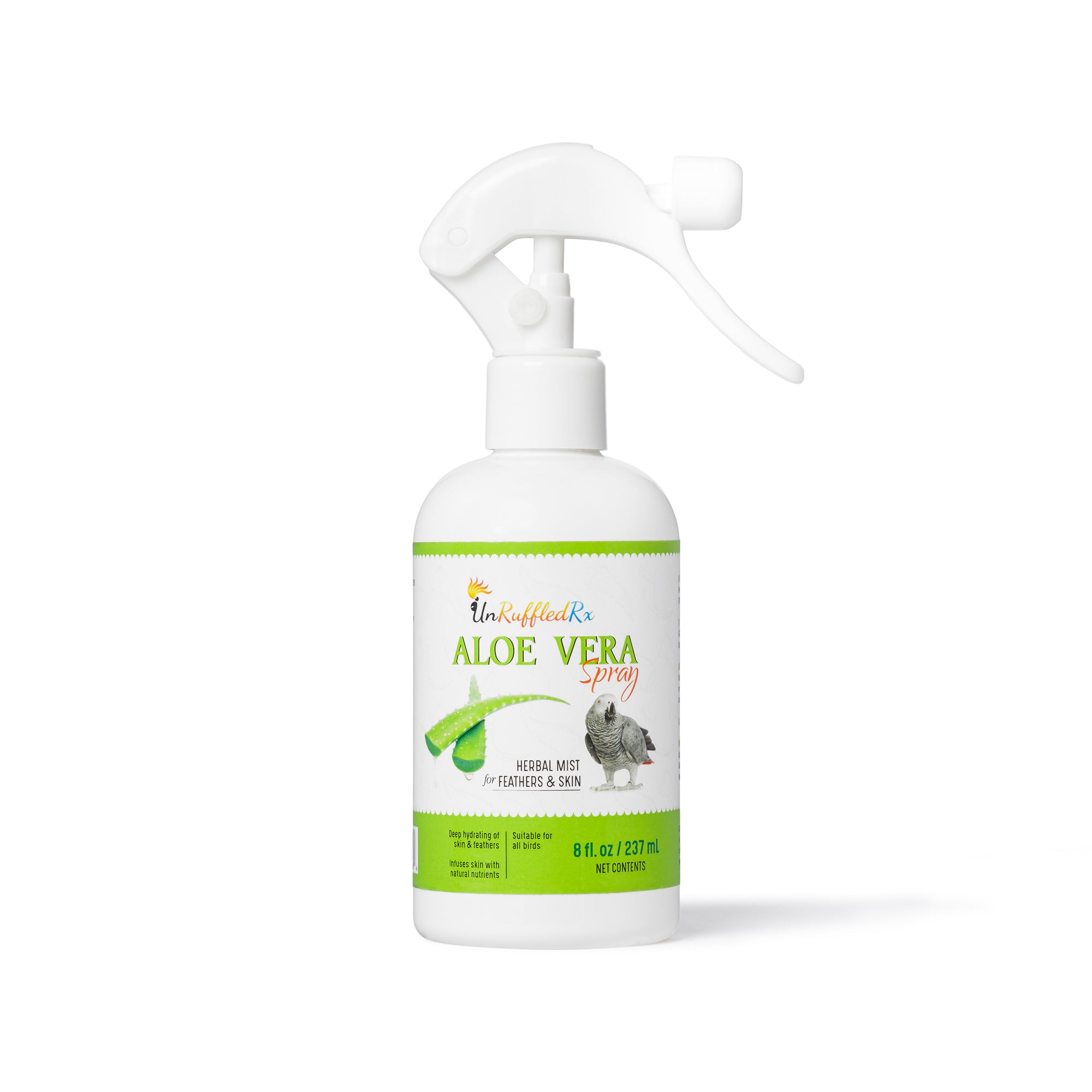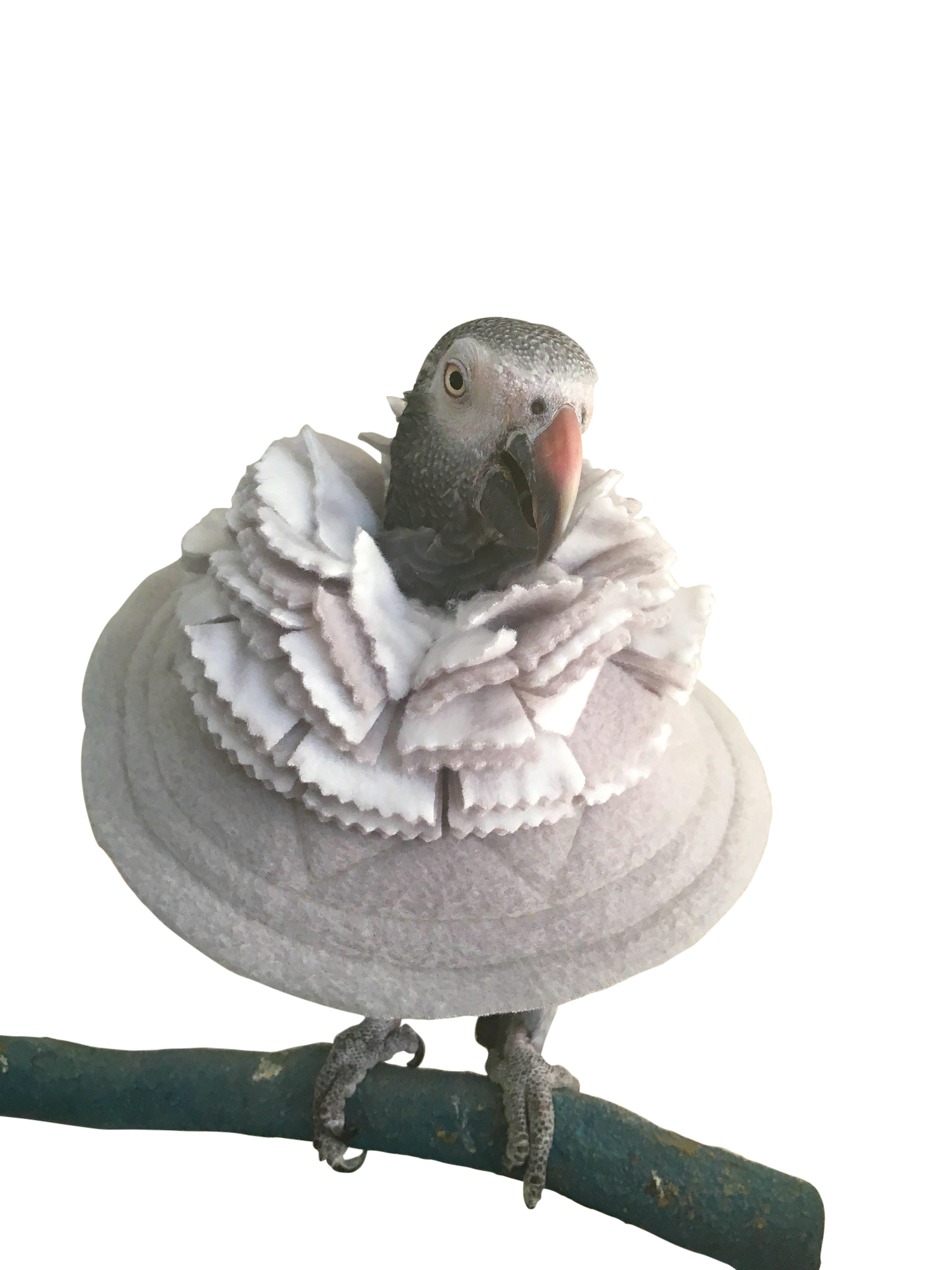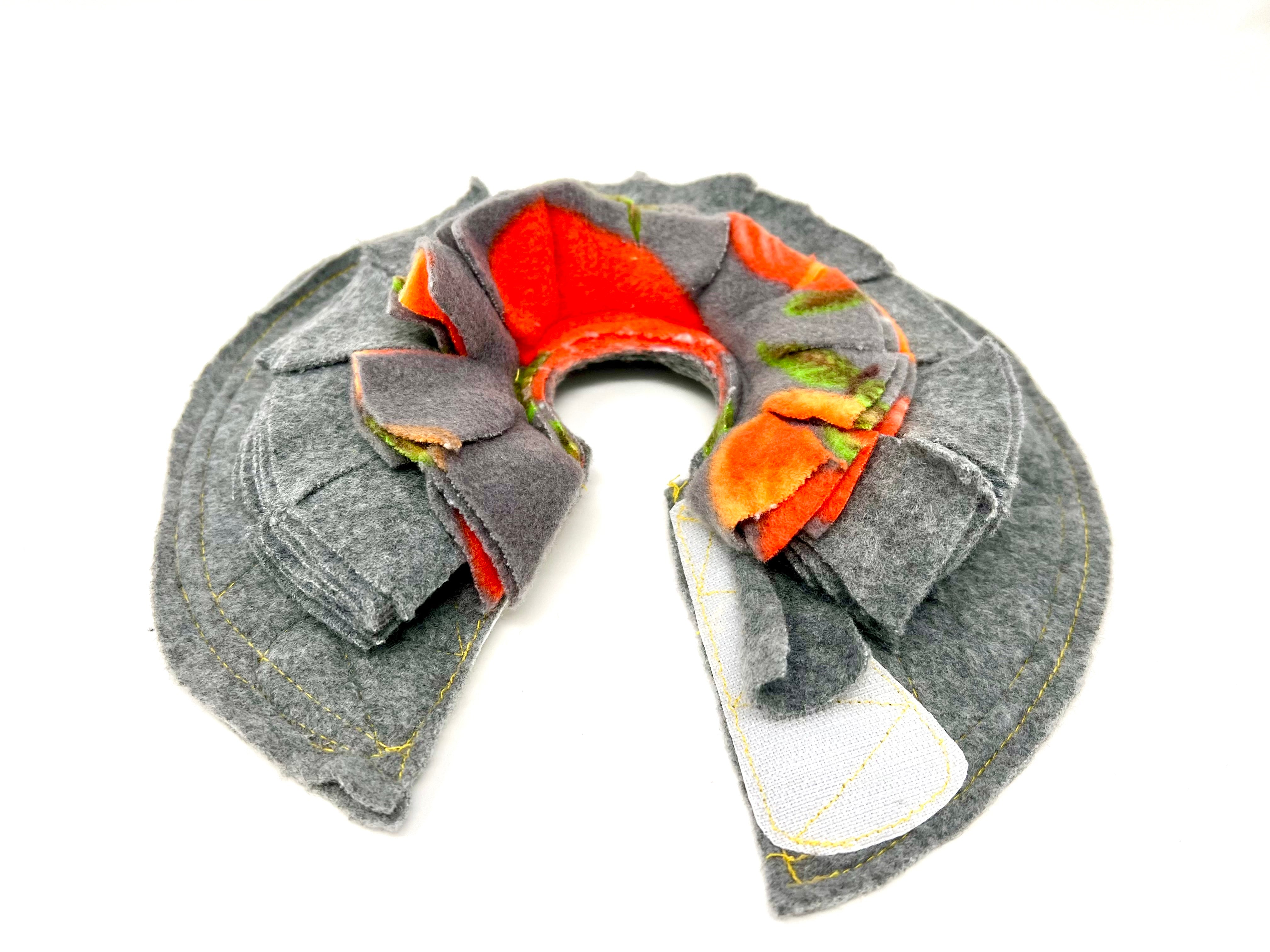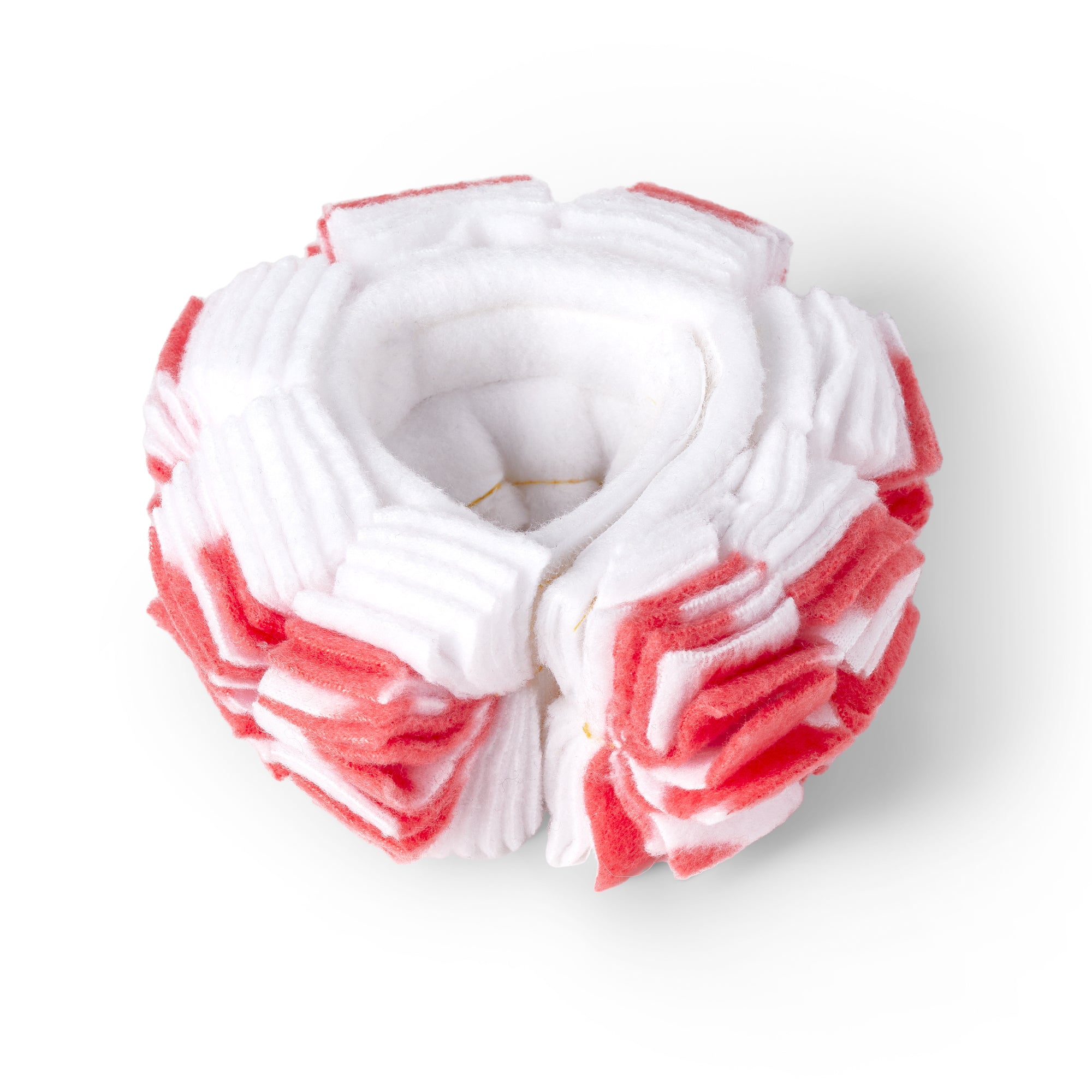Table of Contents
Why do birds hide under things?
Is your bird cooing, shaking, and begging you for attention like Sweet Pea in this video? What's all this quivering about?
Have you found your bird hiding out in small, dark places? Maybe even shredding the carpet?
Adult birds develop some unusual and awkward behaviors during the bird hormonal season. As a rule of thumb, most adult birds come into season once or twice a year. Unfortunately, normal household conditions can easily induce an unhealthy, chronic hormonal state in our pet birds.
Smaller species of pet birds like cockatiels, parakeets, lovebirds,and parrotlets become hormonal more frequently. Same thing with eclectus parrots. Eclectus parrots might display hormonal behavior for several months at a time.
Your bird might start hiding under furniture during its hormonal season. It is actually looking for a dark, cozy nesting spot as its body prepares two rear young. Paper and carpet shredding are your birds' way of making the nest warm and cozy to incubate the eggs.
If you find that your bird is frequently trying to get under furniture or in another dark, cozy area, it's time to take a look at the environmental conditions that induce hormonal behavior in birds.
How to discourage nesting under furniture for parrots
Smokey, my curious African Grey, has turned hiding under furniture and trying to chew his way into dark closets into his daily routine. He rips out carpet thread by thread any chance he gets. Unfortunately, this behavior is paired with aggression, sometimes leading to serious bites when I attempt to intervene. I've prioritized finding ways to mitigate his hormonal stress and protect both of us.
Here is what I do to curb this undesired behavior:
-
Restrict Access: I modify my bird’s environment to block off access to under-furniture spaces and other small nooks.
-
Increase Interaction: Spend more time engaging with Smokey through play and training to redirect his focus toward less hormonally stimulating activities.
-
Introduce New Toys and opportunities for enrichment: I've added a variety of foraging toys to his cage and offer outdoor aviary time as frequently as possible.
-
Adjust Lighting: Ensure the lighting in my bird room to encourage 12-13 hours of sleep each night.
- Reading Parrot Body Language: I find it much easier to prevent painful bites by observing his body language that show him getting "turned on."
Signs of nesting behavior in 5 popular bird species
During hormonal periods, parrots often exhibit quivering or displaying behaviors as a sign of excitement or readiness to mate. They may also start plucking their own feathers, which can be a stress response related to hormonal changes. Another common symptom is increased vocalization, where the bird becomes noticeably louder and more frequent in its calls.

| Species | Hormone Onset | Signs |
|---|---|---|
| Parakeets (Budgies) | 6 - 8 months |
Increased Chewing: More chewing on paper, wood, or soft materials for nest building. Seeking Privacy: Prefers secluded, quiet areas. Protective Aggression: Becomes territorial and may show aggression if approached. |
| Conures | 1 -2 years |
Material Gathering: Collects items like wood shavings, paper, or fabric to build a nest. Territorial Behavior: Becomes more protective of their space, potentially aggressive towards intruders. Quivering: Exhibits body quivering as a sign of excitement or agitation. |
| African Greys | 3 - 5 years |
Increased Chewing: More chewing on paper, wood, or soft materials for nest building. Nest Seeing: Prefers secluded, quiet areas. Protective Aggression: Becomes territorial and may show aggression if approached. |
| Cockatoos | 3 - 4 years |
Material Collection: Gathers twigs, leaves, or soft fabric for nest building. Protective Stance: Shows increased aggression and protectiveness of their area. Nest Guarding: Stays close to or inside their chosen nesting spot, guarding it diligently. |
| Macaws | 3 - 6 years |
Material Gathering: Collects sticks, leaves, and soft materials to construct a nest. Increased Aggression: Becomes more territorial and may exhibit aggression towards others. Nest Sitting: Frequently sits in or guards a chosen nesting area, showing readiness to nest. |
Adjusting light for cockatiels and other small birds

Mika nesting in her bird snuggly. Diane Burroughs (2005)
We love pampering our small feathered pals like cockatiels, quaker parrots and conures, but sometimes our well-meaning night-time cuddles and cozy accessories can make them think it’s baby-making time all year round. Light and petting play huge roles here, so it’s key to manage these aspects to keep their hormones stable and behavior in check.
-
Pet wisely: Stick to petting their heads, necks, and feet. These areas are safe zones that won’t be mistaken for mating signals.
-
Darkness is crucial: Just like us, birds benefit from a good night's rest. Make sure they get about 12 hours of darkness to ensure their internal clocks aren’t disrupted.
- Remove nest-like accessories: While snuggle huts might seem like the perfect comfy retreat, they can often be perceived as nesting sites. Positively transition them towards more open and less nest-like sleeping options to help discourage nesting behavior.
These guidelines will help you keep your interactions with your birds healthy and their environment conducive to non-hormonal behavior, all while maintaining the loving bond you share.
Preventing egg-laying in cockatoos
Preventing egg-laying in cockatoos requires a careful balance of environmental management and behavior modification. One critical factor is lighting. Proper lighting cycles are essential to mimic natural conditions that discourage the hormonal triggers associated with breeding. Ensure your cockatoo experiences about 12 hours of light and 12 hours of darkness. This mimics the natural photoperiod of their native habitats and helps regulate their biological cycles, reducing the likelihood of egg-laying.
Another important step is to remove any potential nesting options. Cockatoos are ingenious at finding or creating nesting spots from seemingly innocuous household items. Be vigilant in monitoring their environment and remove materials such as soft bedding, pillows, or even paper that might be repurposed by a determined bird as a nest. This helps minimize the environmental cues that can trigger cockatoo egg laying.
Cuddling with your cockatoo, while affectionate and bonding, can unfortunately contribute to chronic hormonal behavior, which can have severe consequences, including the risk of egg-binding, a potentially fatal condition. It's essential for cockatoo owners to understand the difference between friendly interaction and overly intimate contact that could be interpreted by the bird as mating behavior. Limit physical interaction to petting on the head and neck and avoid snuggling with your cockatoo on the sofa or in bed. By setting these boundaries, you can help prevent your cockatoo from entering a state of chronic hormonal behavior, thus reducing the chances of unwanted egg laying.
Parrot hormone management plan
-
Regulate Light Exposure
- What to Do: Ensure your parrot experiences 12 hours of light followed by 12 hours of darkness each day.
- Why It Helps: Mimics natural light cycles, discouraging hormonal triggers and reducing breeding behaviors.
-
Remove Nesting Opportunities
- What to Do: Keep your home free of potential nesting materials and block off areas where your parrot might seek to nest, such as dark corners or under furniture.
- Why It Helps: Eliminates environmental cues that can induce nesting behavior and hormonal changes.
-
Limit Physical Contact
- What to Do: Avoid cuddling or petting your parrot in a way that mimics mating behavior, such as stroking their backs or under their wings. Stick to petting on the head and neck.
- Why It Helps: Reduces signals that can be perceived by your parrot as mating invitations, preventing hormonal escalation.
-
Environmental Enrichment
- What to Do: Provide plenty of toys and activities that encourage natural behaviors like foraging and climbing, rather than nesting.
- Why It Helps: Keeps your parrot mentally stimulated and physically active, diverting their focus from hormonal behaviors.
-
Monitor Diet
- What to Do: Provide a balanced diet that is low in fats, which can contribute to hormonal behavior. Include fresh fruits, vegetables, and appropriate pellets.
- Why It Helps: Helps maintain optimal health and reduce the chances of hormonal imbalances that can lead to breeding behaviors.
Here's a concise "recipe card" style guide to help curb parrot hormones, focusing on practical steps to manage their environment and behavior:
Related Posts
Curbing Hormonal Behavior In Parrots
Foods That Increase Parrot Hormones And Make Everyone Miserable
References
Collias, N. E. (1950). Hormonal influences on avian aggressive behavior. In E. S. Gordon (Ed.), Steroid hormones (pp. 123-145). University of Wisconsin Press.
Martin, L. B., II, & Rubenstein, D. R. (2008). Stress hormones in tropical birds: Patterns and future directions. Ornitología Neotropical, 19(5), Article 16.
Merck Veterinary Manual. (n.d.). Injuries and accidents of pet birds. Retrieved [date you accessed the information], from https://www.merckvetmanual.com/bird-owners/disorders-and-diseases-of-birds/injuries-and-accidents-of-pet-birds
Ouyang, J. Q., Sharp, P. J., Dawson, A., Quetting, M., & Hau, M. (2011). Hormones dictate breeding success in birds. Proceedings of the Royal Society B, 278(1704), 1721-1728. https://doi.org/10.1098/rspb.2010.1896.
Diane Burroughs, LCSW is a licensed psychotherapist trained in ABA therapy techniques. She specializes in avian anxiety disorders and is certified in Nutrition For Mental Health. Diane has written a number of bird behavior books and she offers behavior consultations. She's developed a range of UnRuffledRx Science-backed Parrot Wellness Supplies.
Diane's products have been featured in the Journal of Avian Medicine and Surgery and at Exoticscon, a conference for exotic pet veterinarians. Her bird collars & supplements are stocked in avian vet clinics and bird stores throughout the US. With over 30 years in the field of behavior, Diane has created thousands of successful individualized behavior plans that help pets thrive.
TAGS: #BirdHormones #HowToTellIfYourBirdIsHormonal
SHARING IS CARING! PLEASE SHARE ON YOUR FAVORITE SOCIAL MEDIA NOW!
